The Morse Code is a language that people use to communicate with each other through telegraph, radio, satellite, or with light. The language is a series of short and long bursts that are heard or seen. The short bursts of sound or light are called “dit”, and the long bursts are called “dah”. Visually, they are written as dots and dashes.
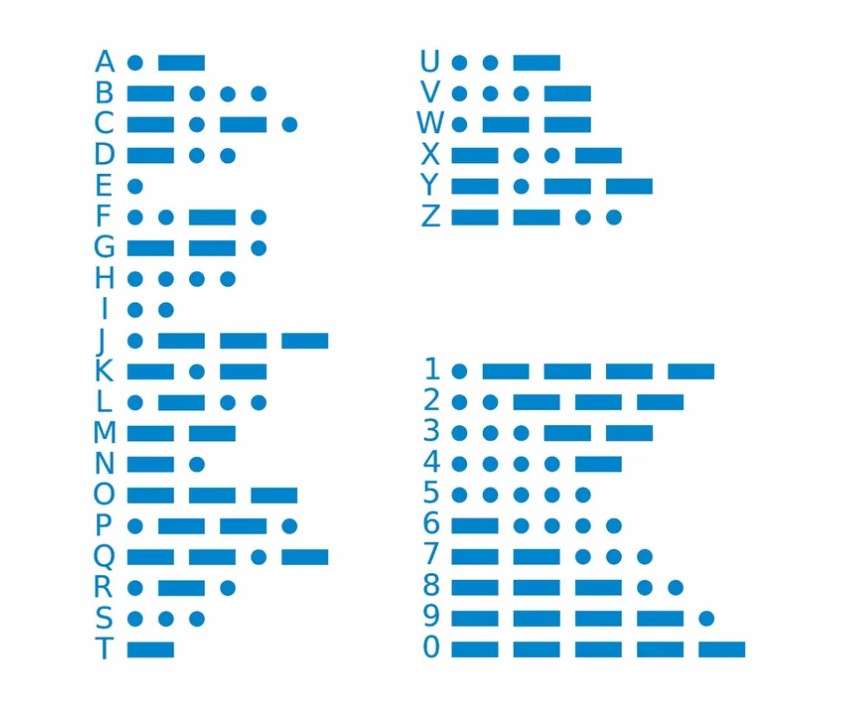
HAM Operators typically use a telegraph key or paddle to manually input Morse code, which is then transmitted via radio waves. The Morse code is received and decoded on the other end by another operator. Learning to read Morse code is quite tedious - and thanks to this device, it is not even necessary. The signal from the receiver converts dots and dashes of Morse code into letters and characters, which are then displayed on LCD display. Presented device can receives characters at a speed of up to 60 w/m.
Although the decoder is basically designed to work with a ham radio receiver, it can also be used to learn how to type Morse code signs.
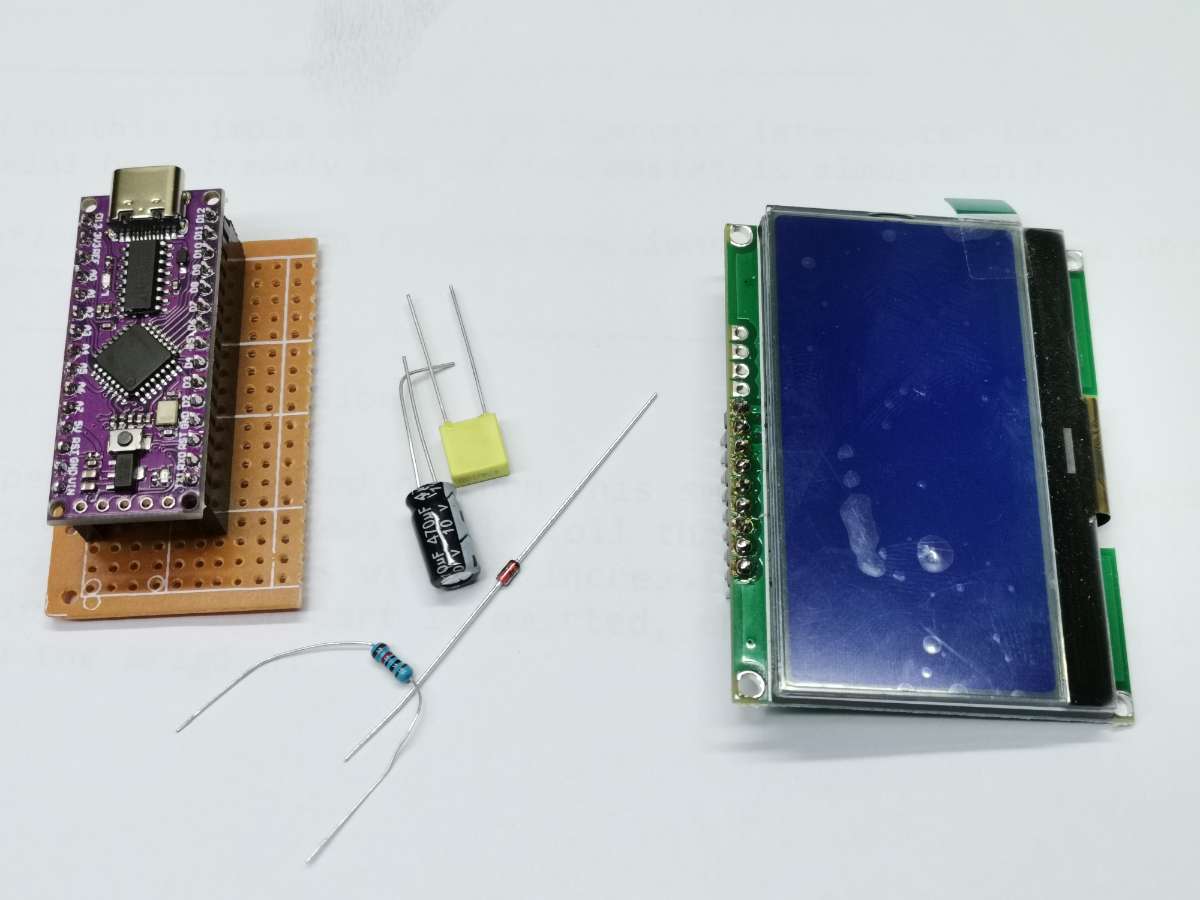
The device can be easily made and consists of only a few components:
- Arduino Nano microcontroller board
- LCD Dispaly 128x64 dots with ST7565 driver chip
- two capacitors
- 10k resistor
- and 1N4148 small signal diode
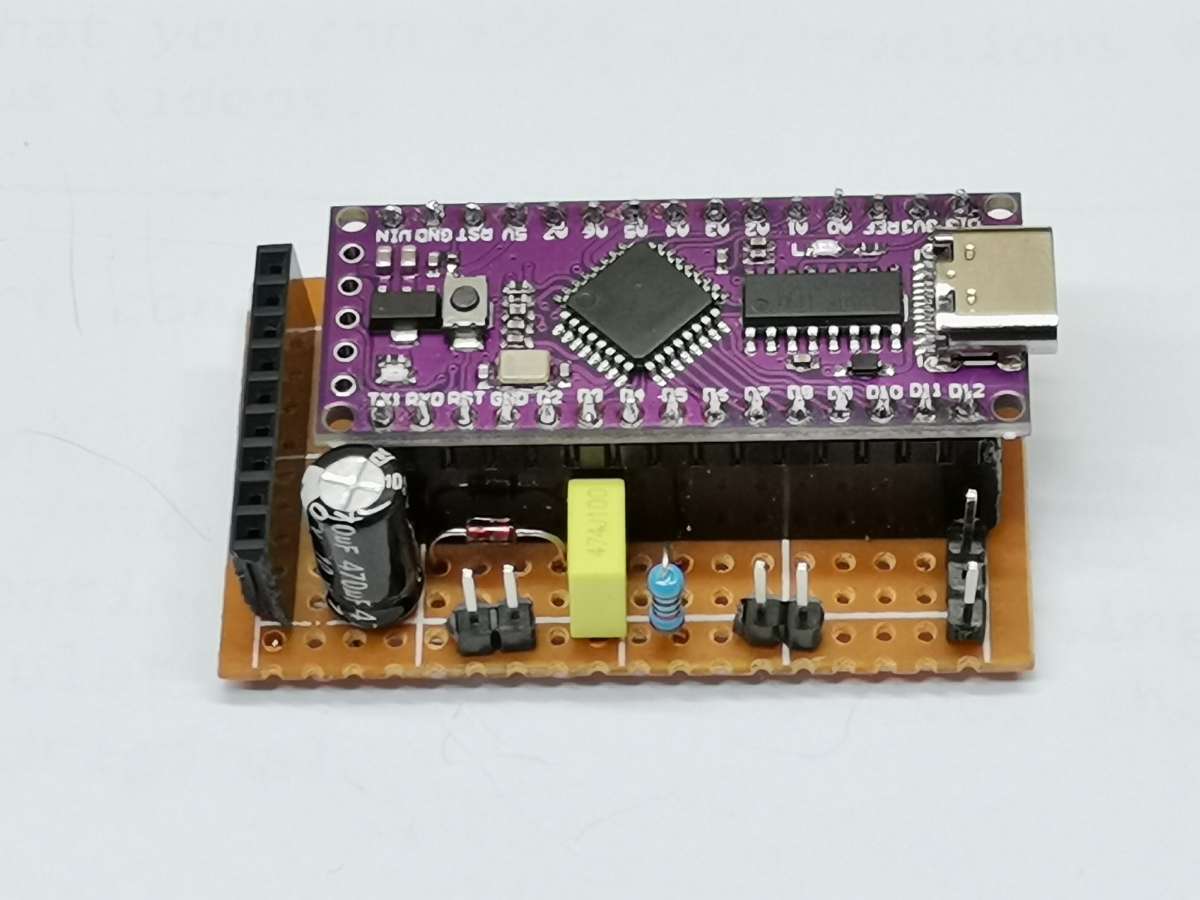
The components are mounted on a small universal PCB for compactness and better functionality of the device. The signal from the receiver is brought to the input of the device, and it should have a level greater than 1Vpp. If we use this device as a morse code trainer, we need to connect a telegraph key, or an ordinary switch to (these) inputs for functionality testing.
.jpg)
And now let's see how the device works in real conditions: First of all let me tell you that I have no experience at all in this area, so I made audio files on an online text to morse code converter with which I will simulate CW reception. Text "Morse" appears on the display when the device is turned on and when it is ready. Next, we need to bring an audio signal to the input, noting that the voltage of this signal should be greater than 1Vpp to function normally. On te upper right part of the screen is displayed the typing speed expressed in words per second, and in the middle of the screen, the decoded text.
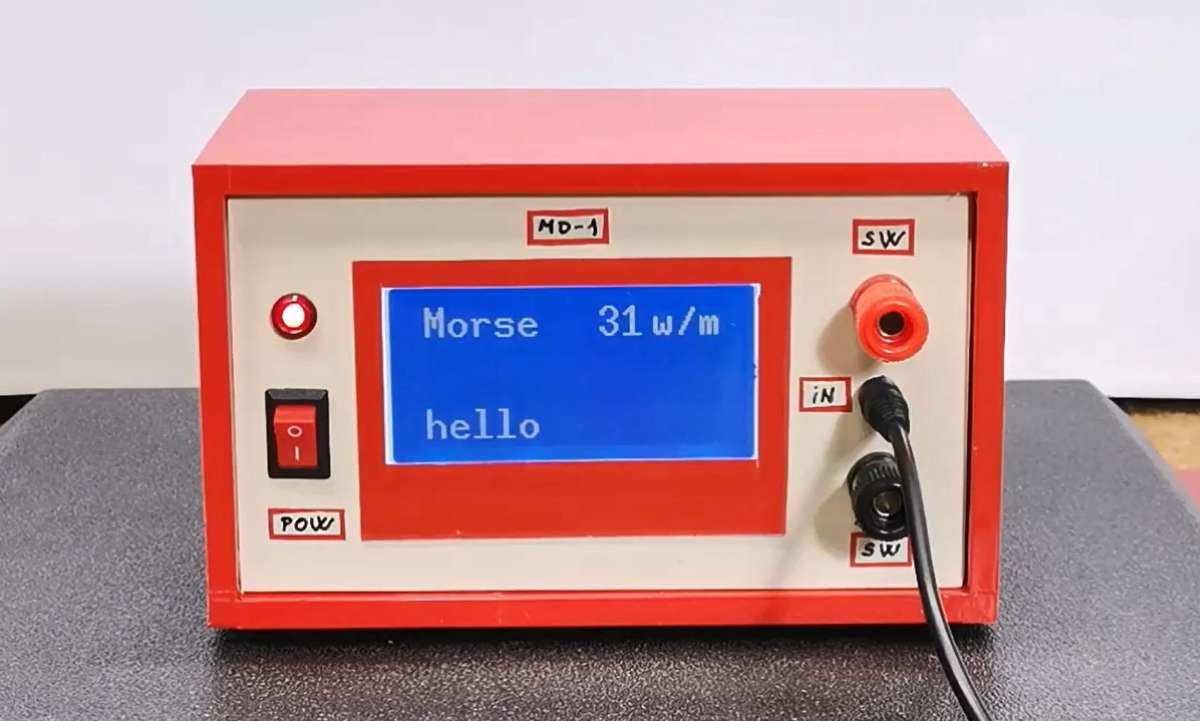
From the examples it can be seen that the decoding is 100 percent performed without error, which in real communication also depends on the experience of the radio operator who transmits the signal.
This device can also be successfully used as a trainer for learning Morse code. For this purpose, we need to connect a telegraph key to the SW inputs. I am using an arcade button that I made for a previous project of mine. And of course I'll try to type a simple message, like SOS, which consists of three dots, three dashes, and three dots again. Or the letter M, T, H, etc...
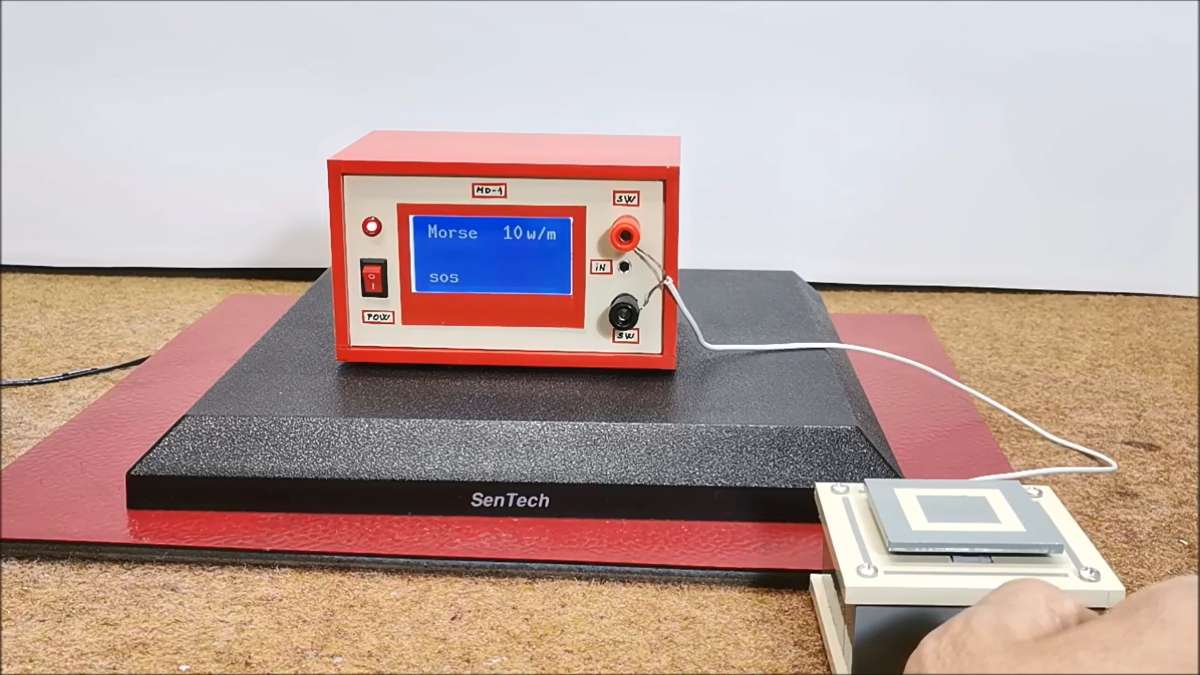
And finally a short conclusion. Morse code remains an essential skill among amateur radio operators. It facilitates global communication, enabling enthusiasts to connect with others worldwide. Despite the availability of modern digital modes, many HAM operators continue to use Morse code as a reliable and efficient means of communication.The device presented in this video is especially useful for HAM radio beginners, and also for so-called SW listeners who can monitor CW communications without knowing Morse code.
In one of the following videos I will describe a device with a reverse function, which will convert any text typed on a PC keyboard into a Morse code signal, and this signal will be able to be sent to the transmitter through a 5V relay whose contacts will be connected in place on telegraph key.
The device is embedded in a suitable box made of PVC board and lined with colored self-adhesive wallpaper.
